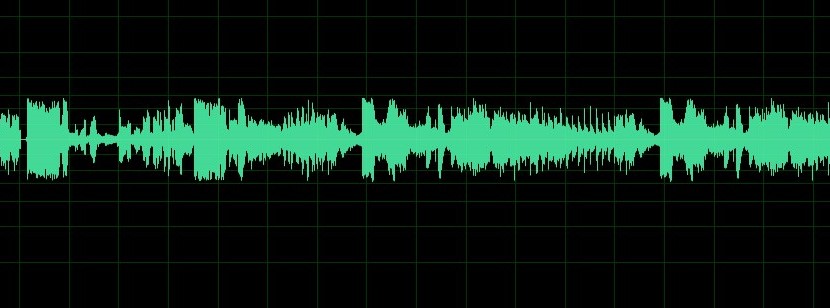A sensory substitution device, allowing the blind people to identify images such as faces, houses, body shapes and even to read letters and words , was performed by scientists from Hebrew University of Jerusalem. The scientists have shown that the cortex areas specific for reading are activated by the inputs even in the case of lifelong blindness.
The study results, performed in collaboration with the research center for the brain and the spinal cord (Inserm/upmc/AP-HP) and from Neurospin (CEA/Inserm) are published on November 8 in “Neuron”
SEEING WITH SOUNDS
Research Published December 13 2012






